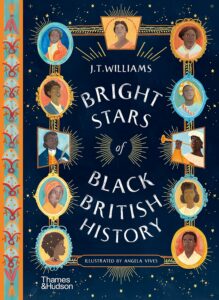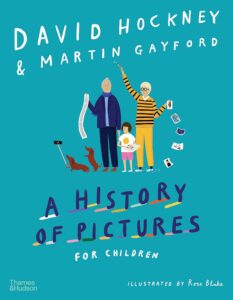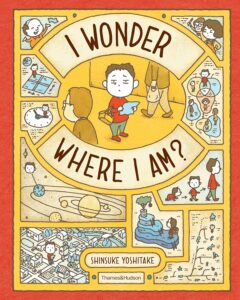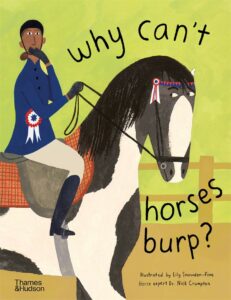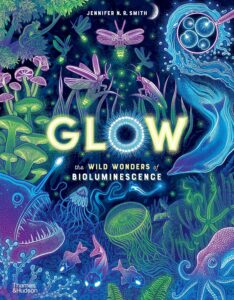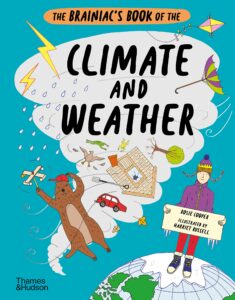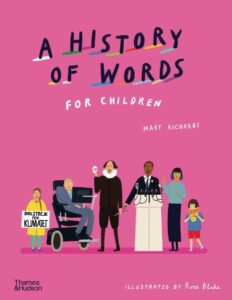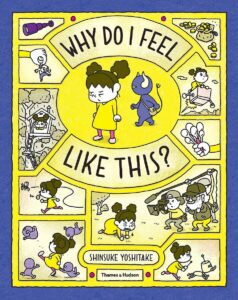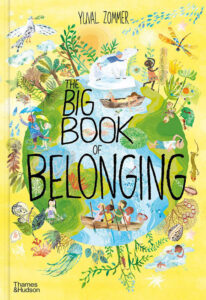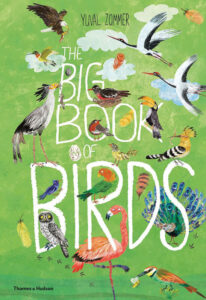This richly illustrated collection presents the extraordinary life stories of fourteen bright stars from Black British history – from Tudor England to modern Britain – and charts their ongoing influence.
This important and timely book delves into the life stories of important figures – including Tudor trumpeter John Blanke, storytelling freedom fighter Mary Prince, and Notting Hill Carnival founder Claudia Jones – many of whom are only just beginning to get the recognition that they deserve.
Brought to life through hand-painted illustrations by award-winning illustrator Angela Vives, Bright Stars of Black British History shines a light on the courage, resilience and talent of remarkable individuals who have left a lasting mark on our collective history.







